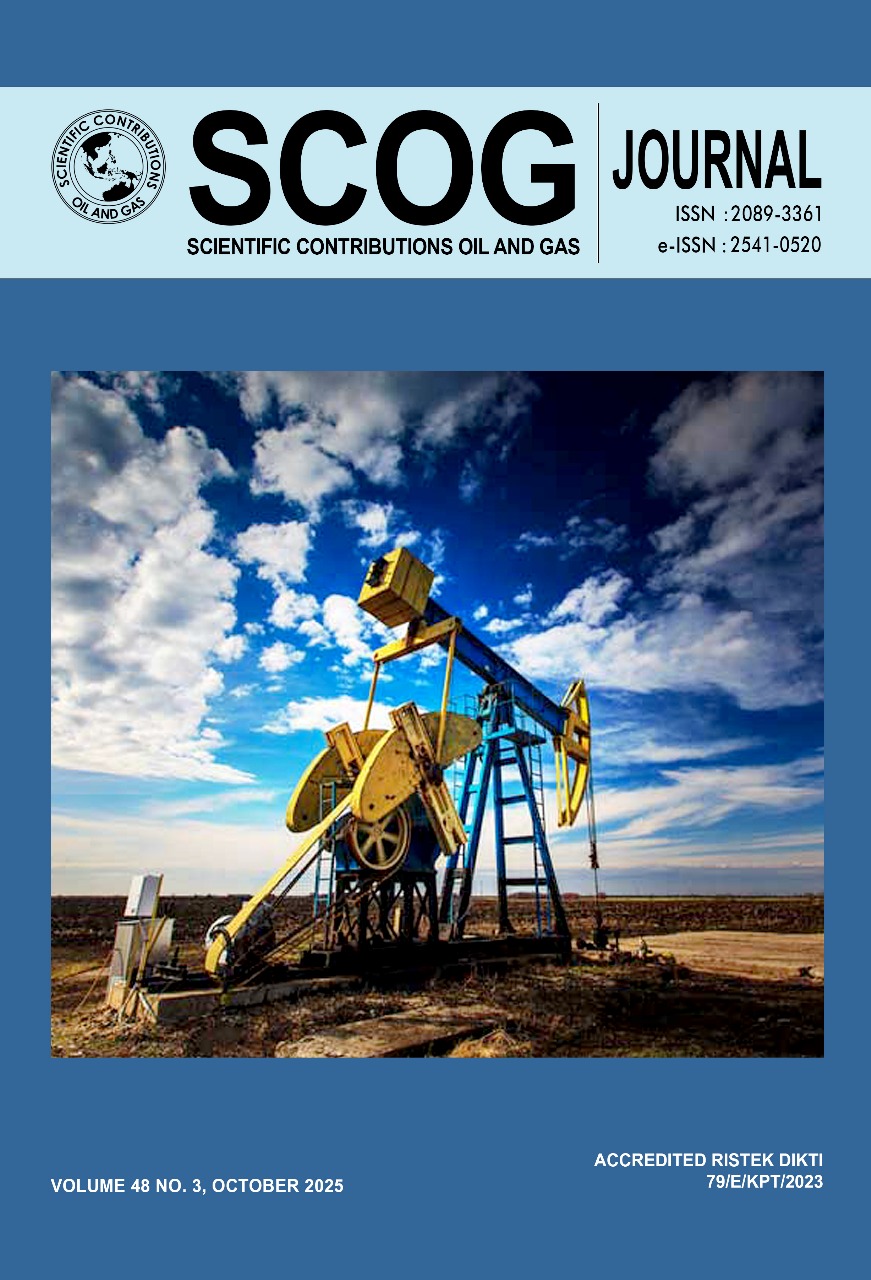Performance Of Lignosulfonate Derived From Coffee Husk As A Natural Emulsifier In Enhanced Oil Recovery: A Phase Behavior Study
Keywords:
biosurfactant, enhanced oil recovery (EOR), Bottle test, phase behavior, lignocellulosic biomass, surfactant ligno sulfonateAbstract
The oil industry faces challenges in enhancing oil recovery while reducing environmental impact. This study explores the utilization of lignin extracted from coffee husk, an agricultural waste, as a natural emulsifier in enhanced oil recovery (EOR). The research addresses key issues including identifying lignin's functional groups via fourier transform infrared (FTIR) spectroscopy before and after sulfonation, determining compatible lignosulfonate concentrations through aqueous stability tests, and optimizing salinity for effective emulsification. Lignin was extracted via soda pulping and modified through sulfonation with sodium bisulfite (NaHSO₃) to produce lignosulfonate. FTIR analysis confirmed successful sulfonation, evidenced by new peaks at 636 cm⁻¹ (S–O) and 1101 cm⁻¹ (SO₃⁻). Aqueous stability tests at 60°C showed that a 0.8% (w/v) lignosulfonate concentration remained stable in brine with 20,000 ppm salinity. Salinity scans identified optimal conditions at 25,000 ppm, where the system achieved a balanced solubilization ratio of 0.95, indicating low interfacial tension. These results demonstrate that sulfonated coffee husk lignin has significant potential as a sustainable emulsifier for EOR applications, with a concentration of 0.8% and a salinity of 25,000 ppm being optimal for emulsion stability. This study supports circular economy principles by valorizing agricultural waste and offers a promising alternative to synthetic chemicals in the oil industry.
Published
Issue
Section
License

This work is licensed under a Creative Commons Attribution 4.0 International License.
Authors are free to Share — copy and redistribute the material in any medium or format for any purpose, even commercially Adapt — remix, transform, and build upon the material for any purpose, even commercially.
The licensor cannot revoke these freedoms as long as you follow the license terms, under the following terms Attribution — You must give appropriate credit , provide a link to the license, and indicate if changes were made . You may do so in any reasonable manner, but not in any way that suggests the licensor endorses you or your use.
No additional restrictions — You may not apply legal terms or technological measures that legally restrict others from doing anything the license permits.















